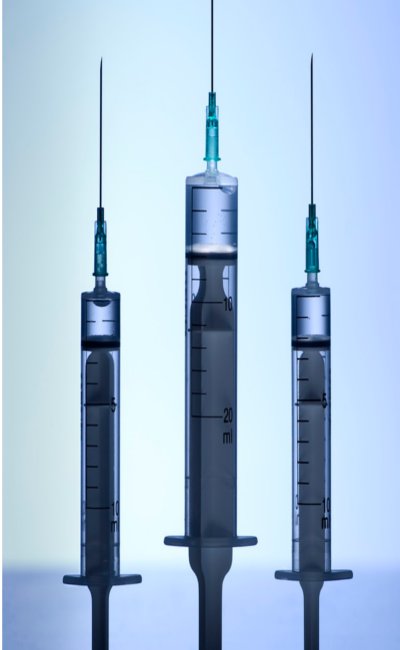Do you need to use RxNorm to exchange medication data with other systems?
There may be differences between RxNorm and your system in how injectable data is represented.
As an example, your institution may give patients morphine via two different methods: intravenous and intramuscular. However, RxNorm does not differentiate between ‘intravenous’ and ‘intramuscular.’ Rather it uses a constrained list of injectable clinical drugs:
- Morphine auto-injector
- Morphine cartridge
- Morphine injectable solution
- Morphine injection
- Morphine prefilled syringe
- Morphine liposomal injection
Keep in mind that, in general, RxNorm may not specify the route of administration. Below, the table on the left shows commonly used injectable routes from clinical systems. The possible RxNorm choices are on the right.
| Injectable Routes | RxNorm Choices |
| Epidural | Auto-injector |
| Intraabdominal | Cartridge |
| Intraamniotic | Drug implant |
| Intraarterial | Injectable foam |
| Intraarticular | Injectable solution |
| Intracardiac | Injectable suspension |
| Intracavernous | Injection |
| Intradermal | Intraperitoneal solution |
| Intramuscular | Jet injector |
| Intraosseous | Pen injector |
| Intraperitoneal | Prefilled syringe |
| Intrathecal | |
| Intravenous | |
| Intravitreal | |
| Subcutaneous |
As shown, RxNorm represents medication data differently than local formularies. This is because RxNorm aggregates and normalizes drug concepts from various pharmacy terminologies with the goal of supporting semantic interoperability between them. The process of normalizing pharmacy data to RxNorm’s underlying terminology model can lead to a loss of granularity.
It is important to select the RxNorm concept that will represent your data as accurately as possible. If you would like to have experienced clinicians, with a deep understanding of RxNorm and its methods, help you work with pharmacy terminologies, please contact us.

